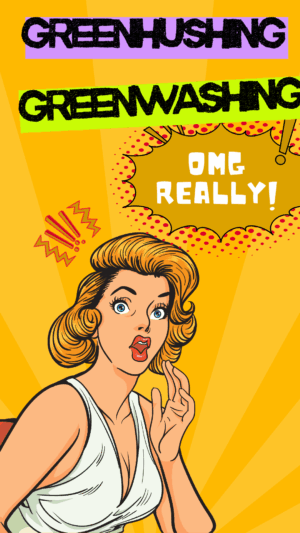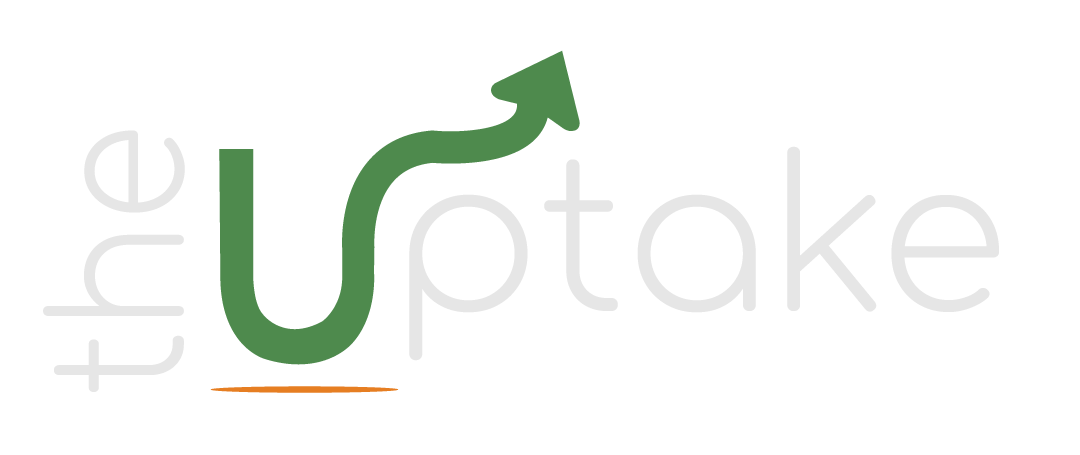In the corporate world, communicating about sustainability has become common practices, as it should. But when it comes to the sustainability claims themselves, we often find ourselves caught between two forms of deception, each in its own way, a retreat from reality.

The first is greenwashing: the familiar tale of embellishment, where companies present their environmental credentials as more substantial than they truly are.
This we know well. But there is another phenomenon now taking hold, quieter and more insidious.
It is greenhushing — the decision to say nothing at all, to withdraw into silence rather than risk the accusation of hypocrisy.
And here lies a peculiar paradox: in trying to avoid the appearance of failure, companies are failing in an altogether different way.
Consider what happened with Colgate’s recyclable toothpaste tubes. The company had invested years in developing packaging innovation — a genuine effort, made more remarkable by the fact that toothpaste represents over 40% of their global market share, making such change difficult and costly. Yet when they announced their achievement, environmental groups and consumers quickly pointed out a fundamental truth: most recycling systems cannot actually process these tubes. The intention was progressive. The execution was real. But the communication overstated what had truly been accomplished. And so the message sent echoed through the corporate world: silence, it seemed, was safer than the risk of being misunderstood.
This is where we must pause and ask: what are we actually doing?
Sustainability is not a destination where one arrives, declares victory, and rests. It is a process — one of experimentation, iteration, and hard-won incremental progress. The frameworks that matter most, whether TCFD or CDSB, do not demand perfection. They demand something far more valuable: truthfulness. They ask for information that is decision-useful and transparent, that allows investors and the public to understand not where a company has arrived, but where it is genuinely headed and what obstacles remain in its path.
There is a third way, between greenwashing and greenhushing. It is the way of credible transparency.
This means communicating not as though sustainability were a polished product to be marketed, but as what it truly is: an ongoing challenge. It means saying aloud the things that matter:
- Here is what we are attempting to achieve.
- Here is where we are falling short — and here we must be specific, for vagueness is itself a form of dishonesty.
- Here is what we are doing about it, and here are the measurable outcomes by which you can hold us accountable.
This kind of honesty is not a marketing strategy. It is the opposite. It replaces defensive public relations with something far less comfortable: open dialogue. It transforms sustainability reporting from an exercise in persuasion into a tool for genuine accountability. It allows others to learn from both your successes and your failures, and in doing so, accelerates collective progress.
In a world increasingly shaped by stakeholder expectations and regulatory demand for transparency, the true choice before us is not between greenwashing and greenhushing. It is between fear and honesty. And the companies that choose honesty — even, perhaps especially, when their progress is imperfect — will be the ones that ultimately earn trust. Not the fleeting kind that comes from a well-crafted narrative, but the durable kind that comes from consistency between what is said and what is done.
